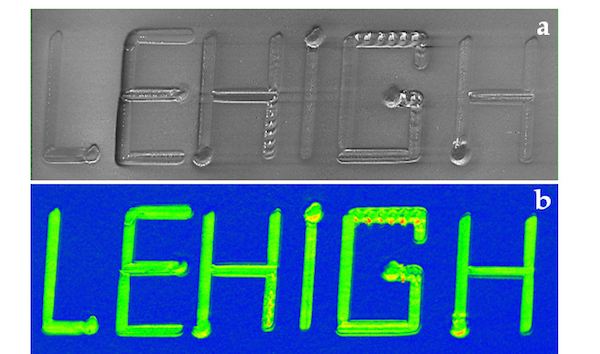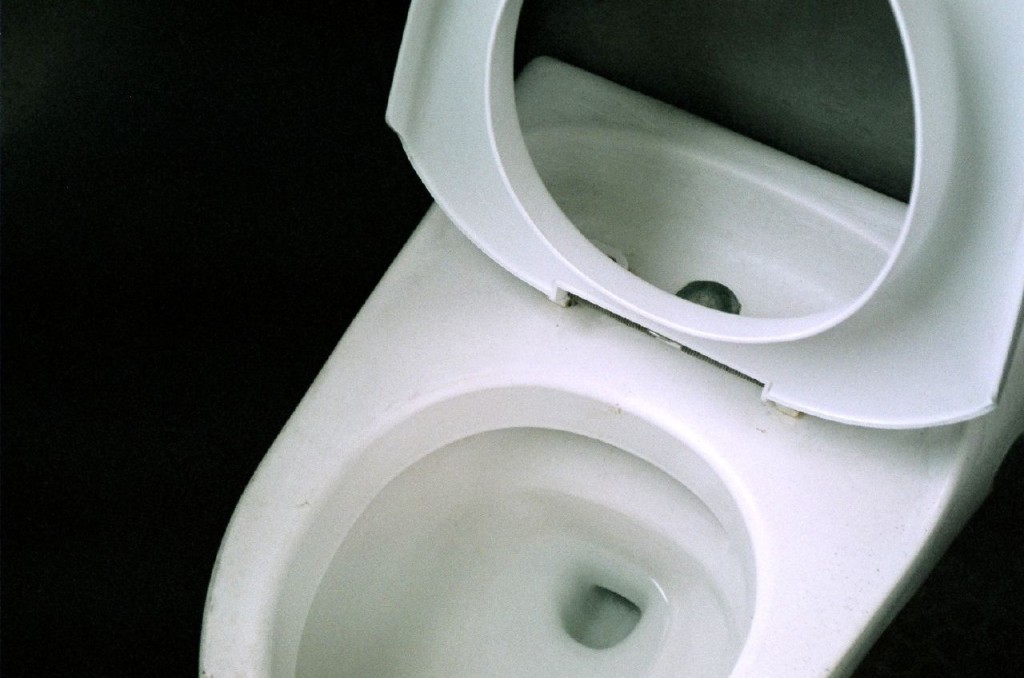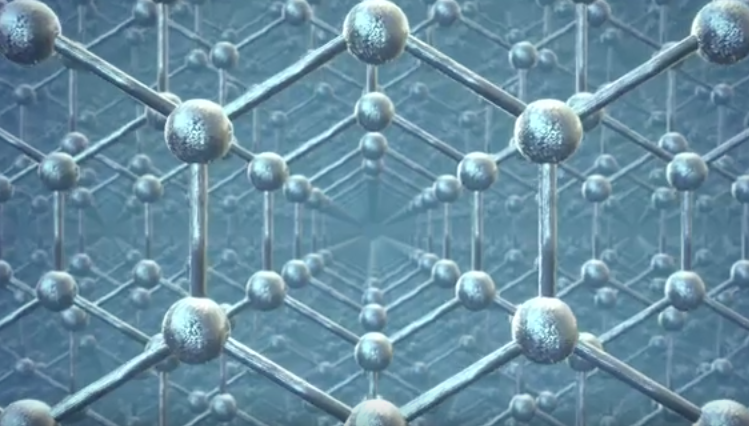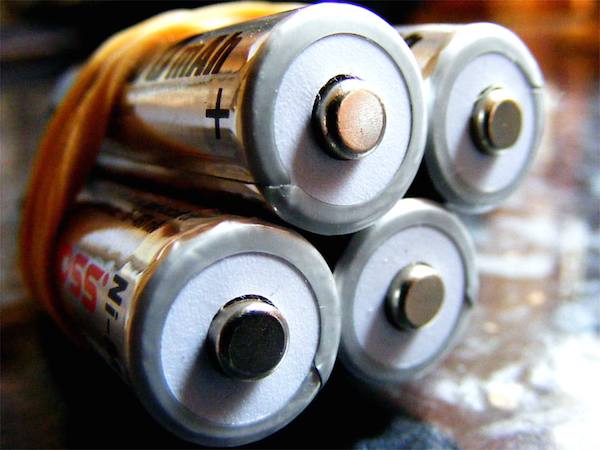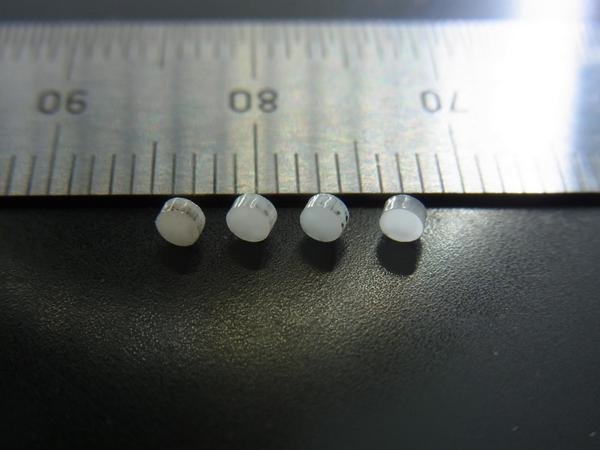Researchers continue to make strides in the mission to commercialize graphene so the advanced material can be put to work in real-world ways. Check out these three graphene-related research developments generating buzz this week.
Read MoreA Lehigh University team of scientists has devised a new fabrication method that could extend the reach of single crystals by ditching the need for melting.
Read MoreResearchers at Pohang University of Science & Technology have developed a micro-sized solid oxide fuel cell that incorporates a much more robust support—porous stainless steel, which significantly improves the cell’s thermal and mechanical stability.
Read MoreStep aside wind and solar power. Researchers at Virginia Tech have discovered a way to maximize the amount of electricity that can be generated from the wastewater we flush down the toilet.
Read MoreScientists at the U.S. Department of Energy’s Brookhaven National Laboratory, Stony Brook University, and the Colleges of Nanoscale Science and Engineering at SUNY Polytechnic Institute, paired graphene with glass to create a more robust electronic material with scale-up potential—but that’s not all that graphene’s been up to.
Read More- « Previous
- 1
- 2
- 3
- Next »




